Details of the Target
General Information of Target
Probe(s) Labeling This Target
ABPP Probe
| Probe name | Structure | Binding Site(Ratio) | Interaction ID | Ref | |
|---|---|---|---|---|---|
|
AZ-9 Probe Info |
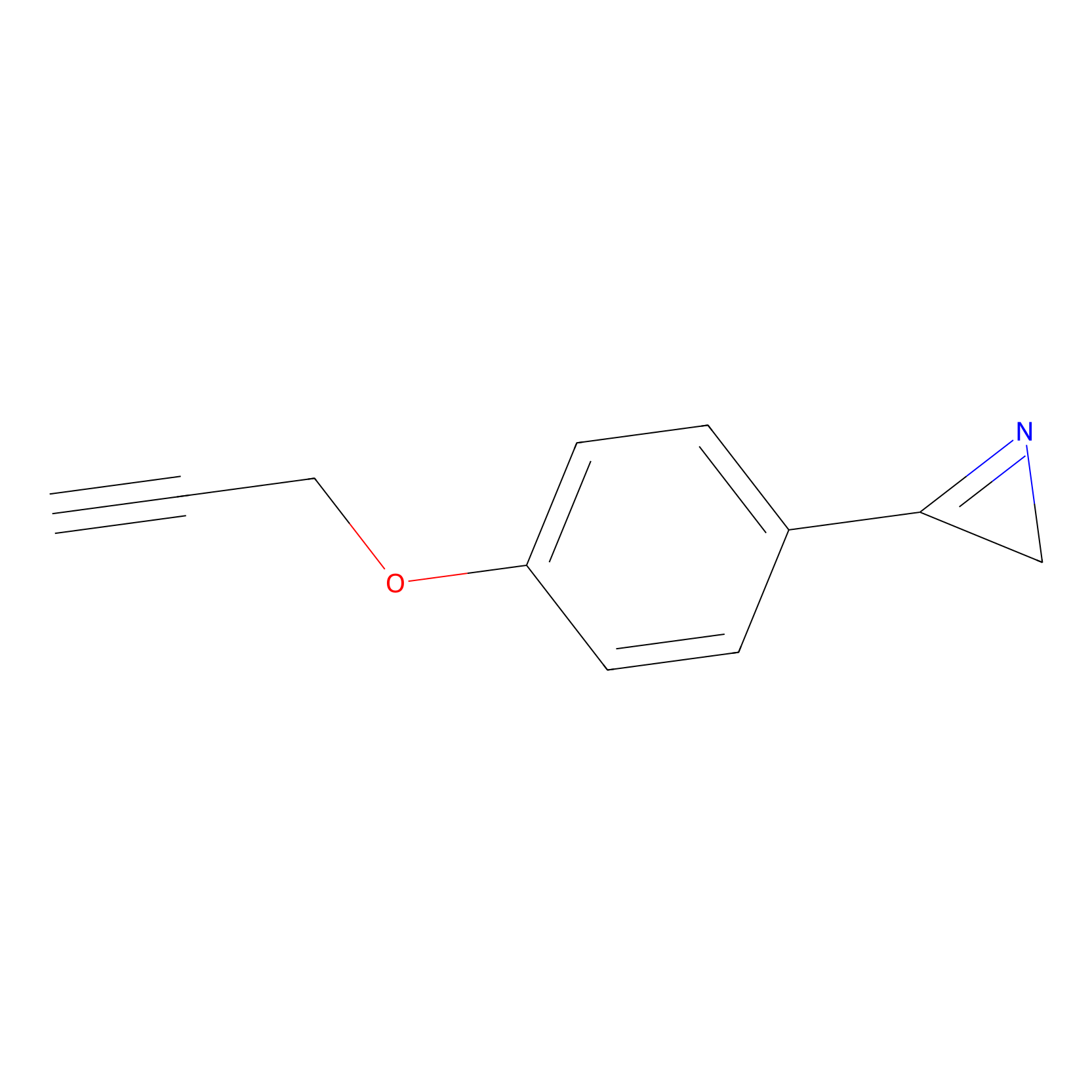 |
2.36 | LDD0393 | [1] | |
|
STPyne Probe Info |
 |
K53(4.42) | LDD0277 | [2] | |
|
DBIA Probe Info |
 |
C138(3.30) | LDD3325 | [3] | |
|
HHS-475 Probe Info |
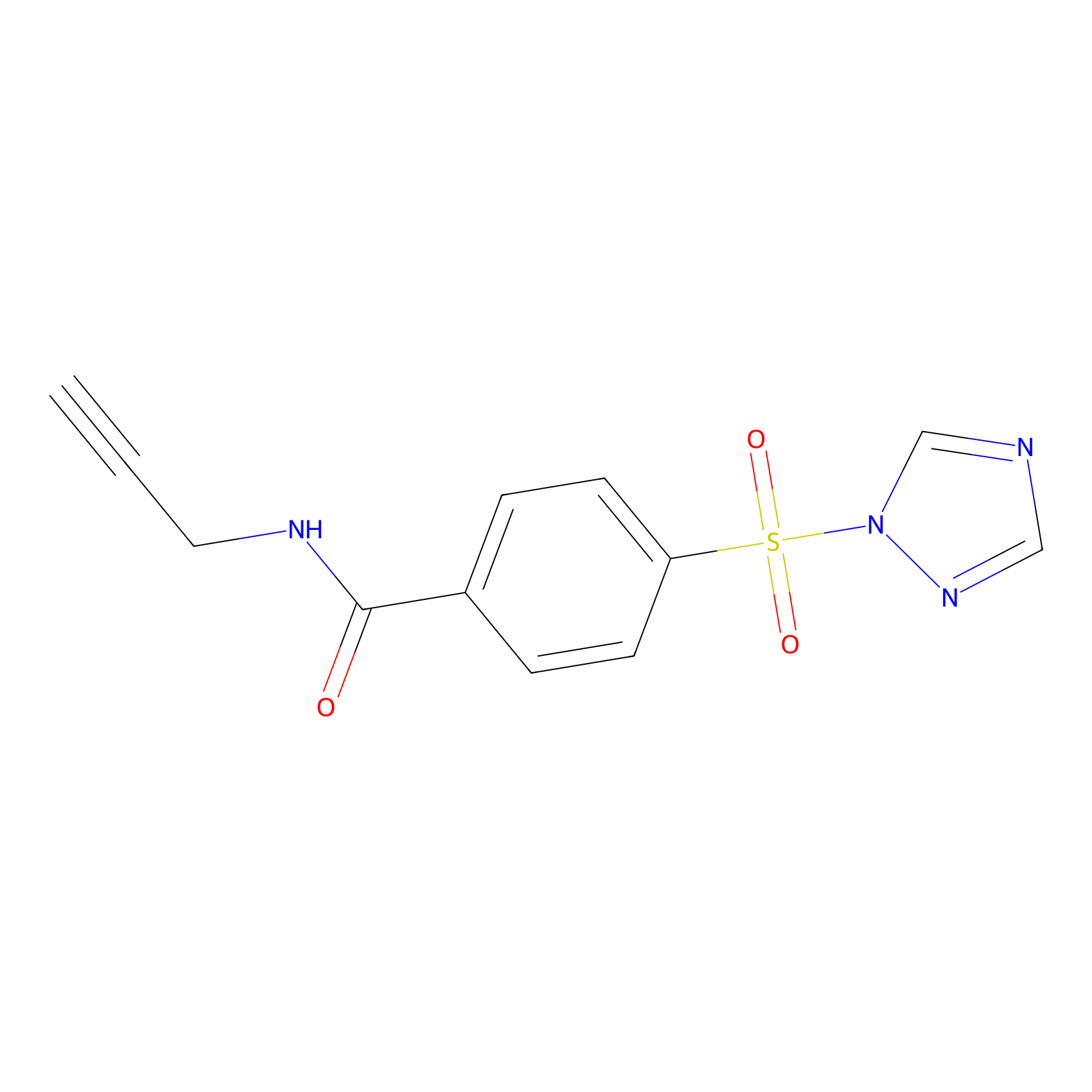 |
Y685(0.85); Y38(0.93); Y342(1.04) | LDD0264 | [4] | |
|
5E-2FA Probe Info |
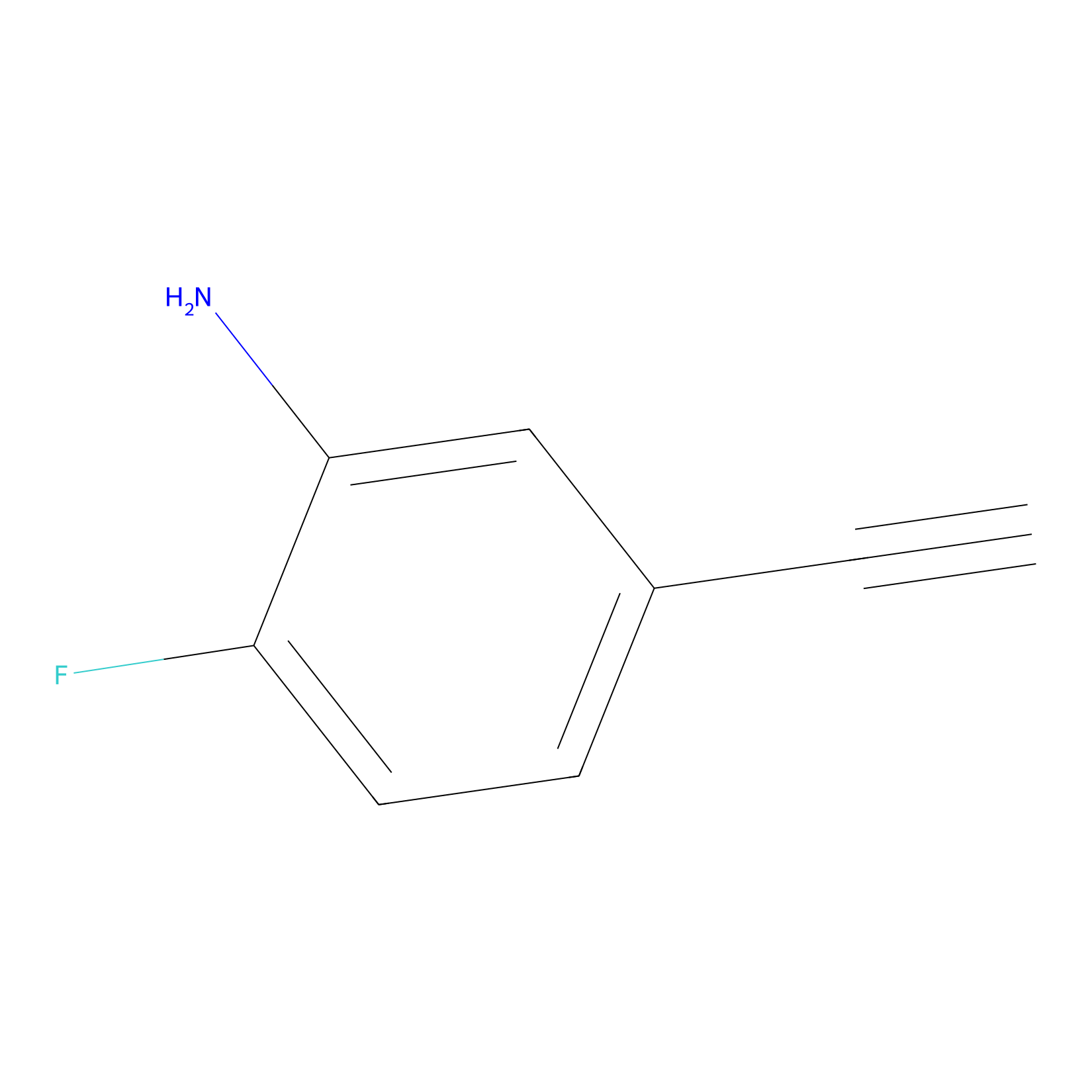 |
N.A. | LDD2235 | [5] | |
|
m-APA Probe Info |
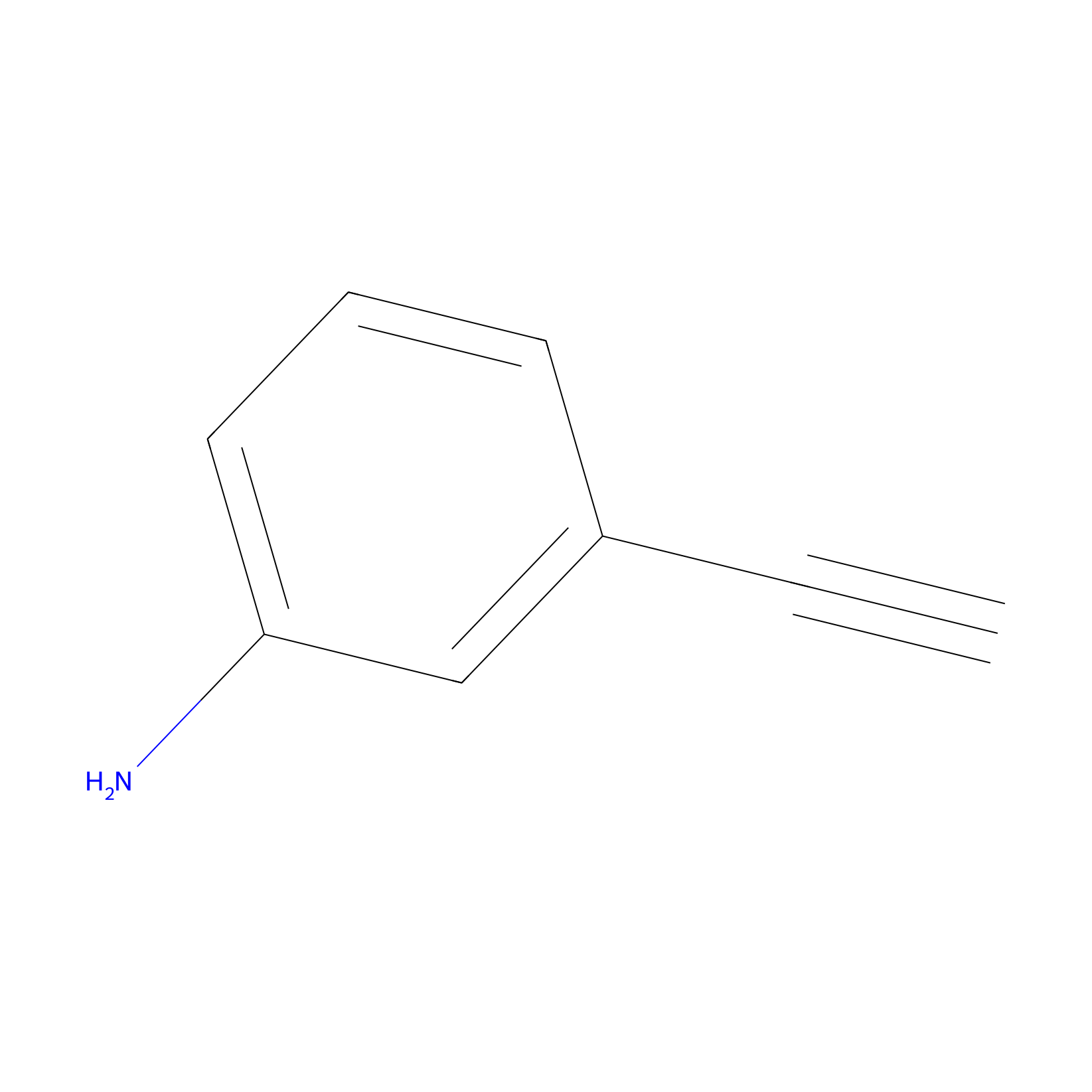 |
H425(0.00); H699(0.00) | LDD2231 | [5] | |
|
IPM Probe Info |
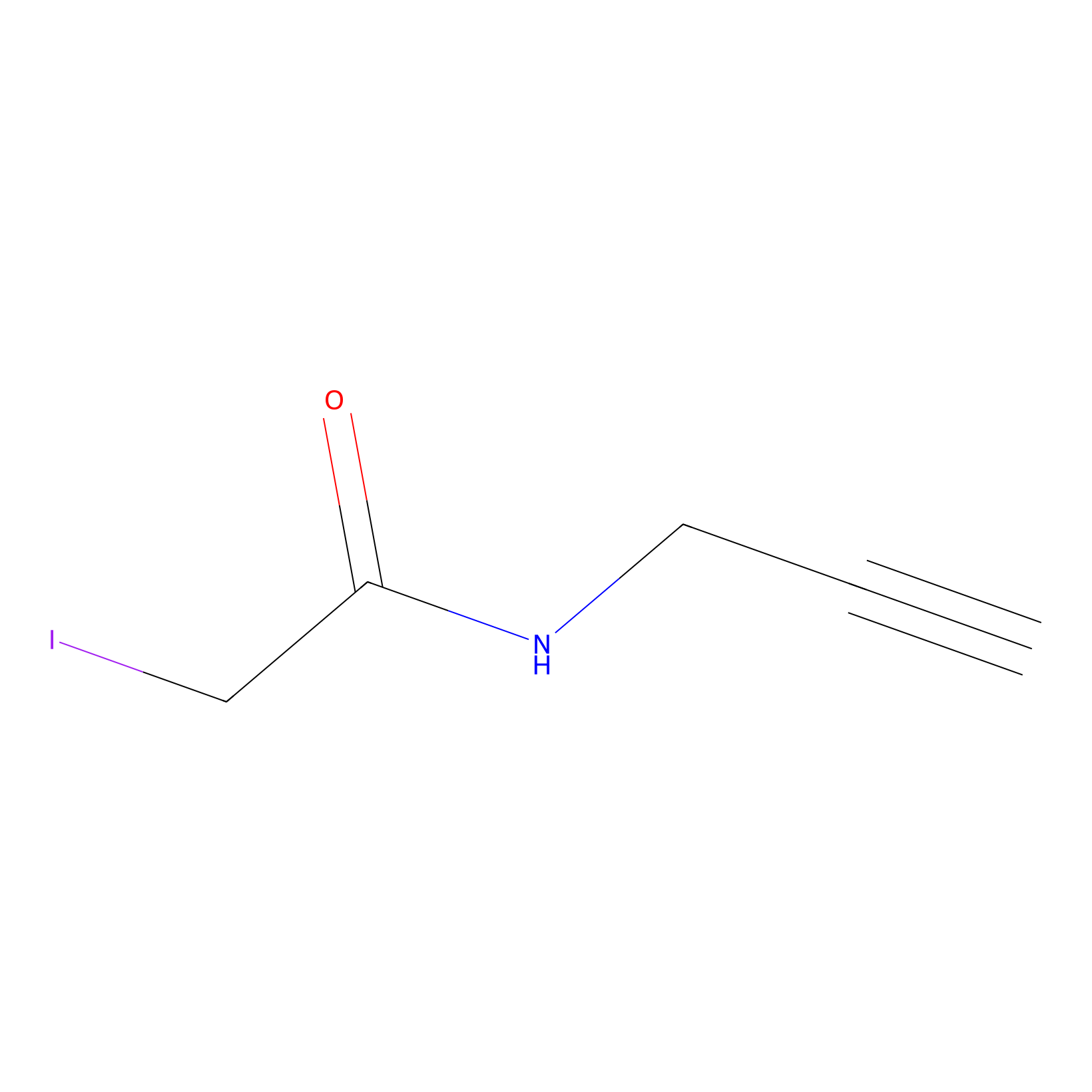 |
N.A. | LDD2156 | [6] | |
|
Acrolein Probe Info |
 |
N.A. | LDD0217 | [7] | |
|
HHS-465 Probe Info |
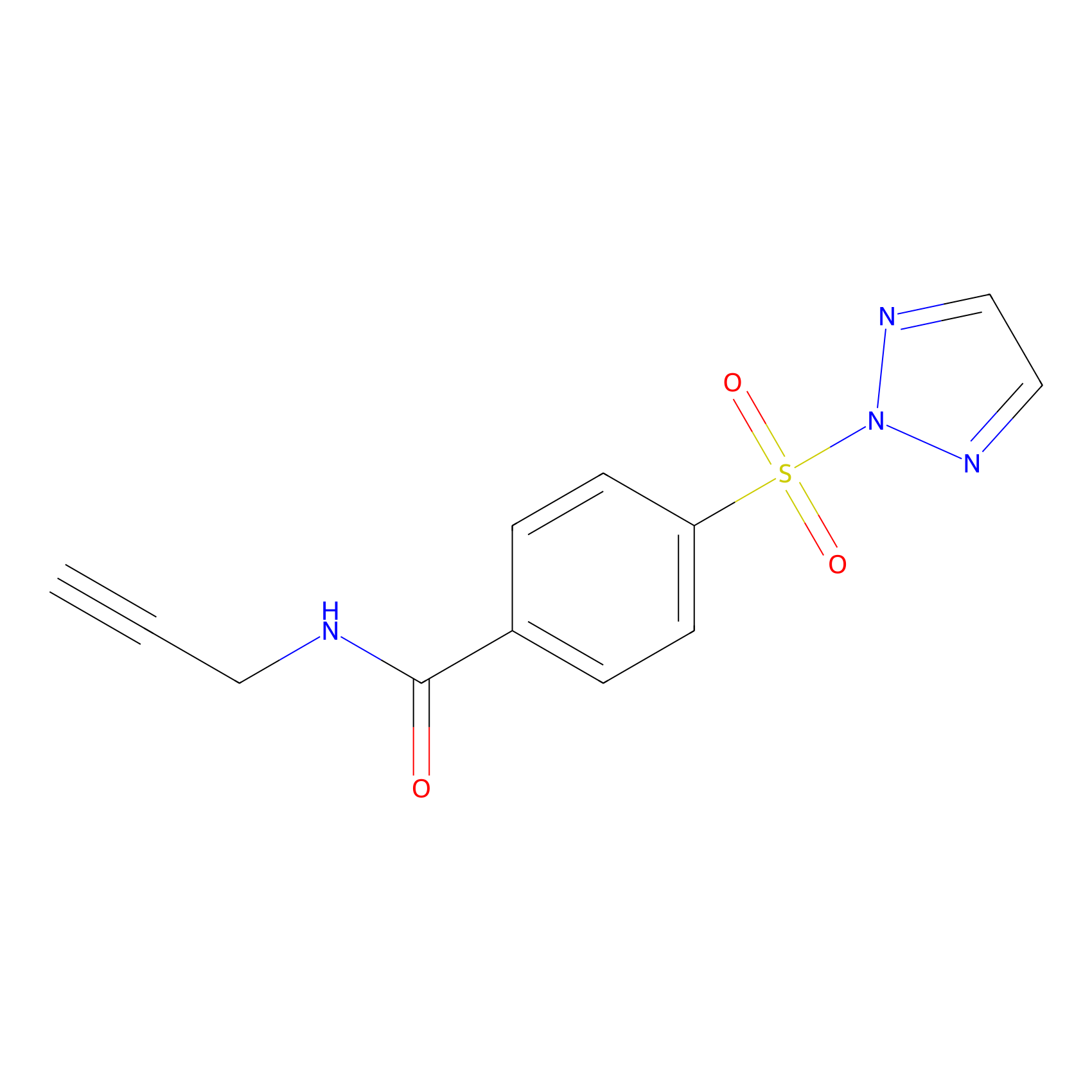 |
Y170(0.00); Y685(0.00); Y342(0.00); K173(0.00) | LDD2240 | [8] | |
Competitor(s) Related to This Target
| Competitor ID | Name | Cell line | Binding Site(Ratio) | Interaction ID | Ref |
|---|---|---|---|---|---|
| LDCM0108 | Chloroacetamide | HeLa | N.A. | LDD0222 | [7] |
| LDCM0116 | HHS-0101 | DM93 | Y685(0.85); Y38(0.93); Y342(1.04) | LDD0264 | [4] |
| LDCM0117 | HHS-0201 | DM93 | Y38(0.95); Y685(1.02); Y342(1.30) | LDD0265 | [4] |
| LDCM0118 | HHS-0301 | DM93 | Y685(0.59); Y38(0.91); Y342(1.52) | LDD0266 | [4] |
| LDCM0119 | HHS-0401 | DM93 | Y38(0.95); Y685(1.01); Y342(2.06) | LDD0267 | [4] |
| LDCM0120 | HHS-0701 | DM93 | Y685(0.82); Y38(0.92); Y342(1.85) | LDD0268 | [4] |
| LDCM0022 | KB02 | A204 | C138(1.71) | LDD2252 | [3] |
| LDCM0023 | KB03 | A204 | C138(2.19) | LDD2669 | [3] |
| LDCM0024 | KB05 | UACC257 | C138(3.30) | LDD3325 | [3] |
| LDCM0109 | NEM | HeLa | H116(0.00); H114(0.00) | LDD0223 | [7] |
The Interaction Atlas With This Target
The Protein(s) Related To This Target
Enzyme
| Protein name | Family | Uniprot ID | |||
|---|---|---|---|---|---|
| Superoxide dismutase [Cu-Zn] (SOD1) | Cu-Zn superoxide dismutase family | P00441 | |||
| Unconventional myosin-VI (MYO6) | Myosin family | Q9UM54 | |||
Transporter and channel
| Protein name | Family | Uniprot ID | |||
|---|---|---|---|---|---|
| Amyloid-beta precursor protein (APP) | APP family | P05067 | |||
Transcription factor
| Protein name | Family | Uniprot ID | |||
|---|---|---|---|---|---|
| Mothers against decapentaplegic homolog 2 (SMAD2) | Dwarfin/SMAD family | Q15796 | |||
| Mothers against decapentaplegic homolog 3 (SMAD3) | Dwarfin/SMAD family | P84022 | |||
Other
References
